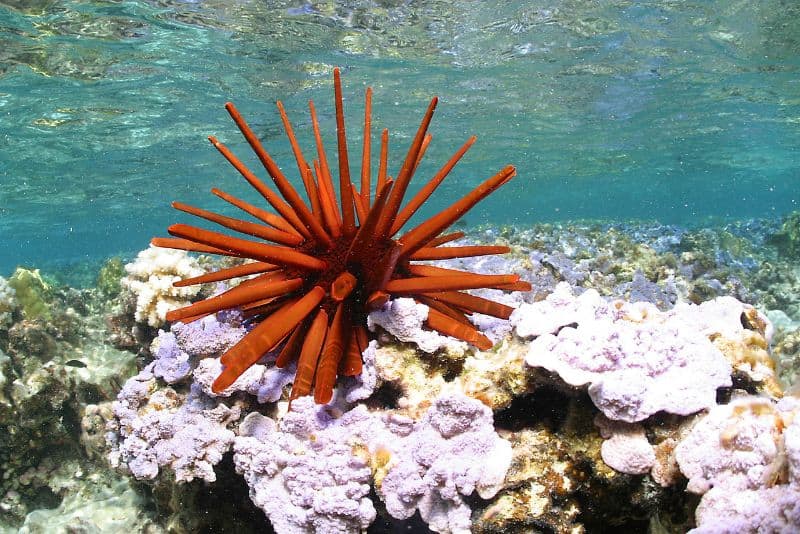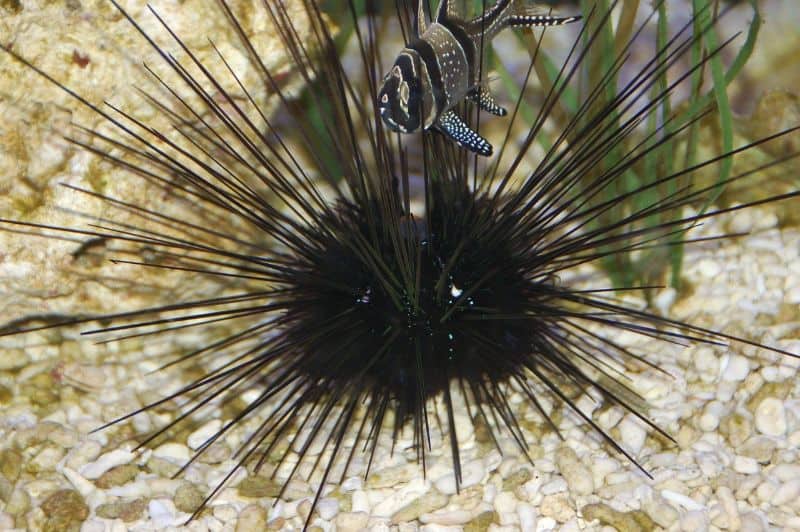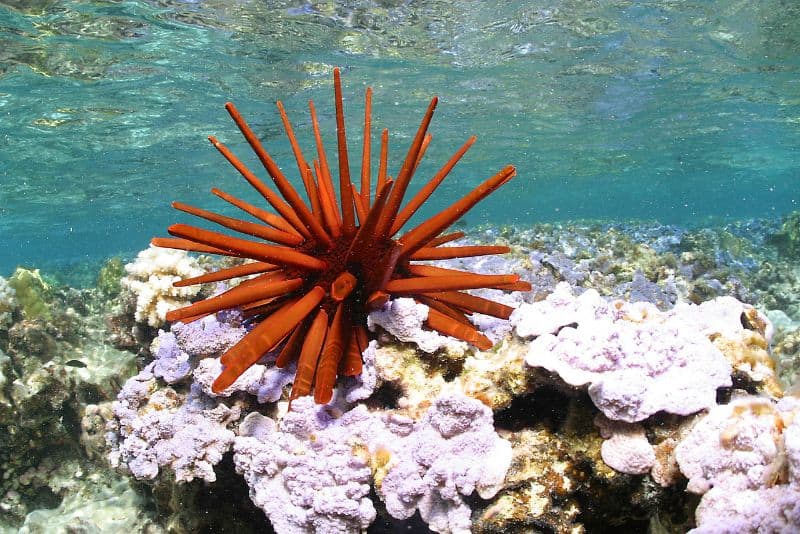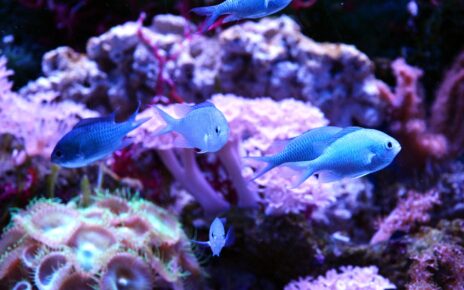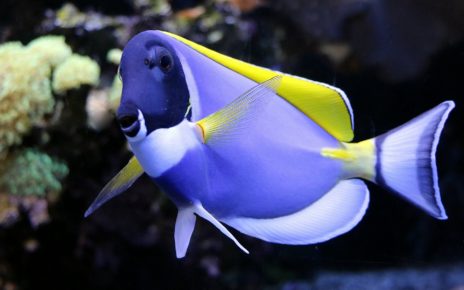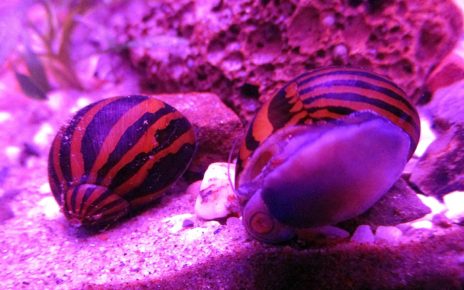Urchins are a great addition to any reef tank. They help clean the substrate and also scavenge for leftover food. However, some urchins can be dangerous for corals and other marine invertebrates. On this page, you will find a list of reef safe urchin species that you can safely keep in a reef tank:
Reef Safe Urchin – Best Urchin for a Reef Tank
Black Longspine Urchin
The Diadema Long Spine Urchin (Buy Online) is an herbivorous invertebrate that will eat any type of filamentous or planktonic green algae in your aquarium. They are also reef safe so you don’t have to worry about them trying to eat corals or other invertebrates in your tank. Plus, these spiny creatures are great at controlling pesky hair algae too.
With regular feedings from you, this little guy will keep your tank looking pristine while also helping with water clarity by eating excess food particles floating around the bottom of your aquarium.
Pencil Urchin
The Pencil Urchin (Buy Online) is a safe alternative to traditional sea urchins for reef tanks. This species will eat algae and detritus without damaging delicate corals in your aquarium. Plus, these little creatures are so much fun. They move around freely at night time, scavenging for food across the bottom of your tank.
The Pencil Urchin is easy to care for if you have experience with urchins, but new hobbyists should seek help from more experienced aquarists before purchasing this invertebrate. We recommend that you provide plenty of live rock rubble for them to graze on algae and detritus as well as supplemental feedings at night once every two weeks using some type of frozen food such as Mysis shrimp or brine shrimp
If kept properly this specimen may grow up to 6 inches long over its lifespan, and Pencil Urchins need to be kept in at least a 20-gallon tank.
Red Tuxedo Urchin

The Red Tuxedo Urchin (Buy Online) is an affordable, low-maintenance urchin that you can keep in a reef tank. It’s just as effective at keeping your tank clear of algae as other urchins while being much easier on the eyes. And these critters may look like little red hedgehogs but they will help you save time and money by taking care of all that pesky algae without breaking the bank or looking out of place in your aquarium.
Urchins are beautiful but difficult to keep. They typically require a large tank with lots of algae for them to graze on.
The tuxedo urchin is an exception, it can be kept in smaller tanks and will thrive as long as you maintain the water quality in your aquarium.
In order for this urchin to thrive in your aquarium, you must make sure the water conditions are perfect. This means keeping nitrates below 10ppm, phosphates are less than .5ppm, and calcium above 420 ppm. Also, be sure to not use any copper-based medications because these will kill them instantly.
Short Spine Urchin
The Short Spine Urchin (Buy Online) is a safe alternative for coral reef tanks because its spines are too blunt to puncture the thin tissue of most soft and stony corals. This means you can add this helpful critter without worrying about it causing damage to your reef tank.
The Short Spine Urchin is a great alternative to other species of echinoderms because its short spines won’t harm or move things around in your tank. It also eats algae, and it will help clean up detritus from the substrate and live rock (Buy Online) without injuring coral polyps. This makes them perfect for any type of saltwater aquarium with little work on your part.
And you can use this easy-to-care-for urchin instead of other types of urchins since you don’t have to worry about their long spines or compatibility with your current livestock. Just add one Short Spine Urchin in at least a 30-gallon tank, feed them once every week or two, and enjoy watching them as they scoot around cleaning your tank.
Blue Tuxedo Pincushion Urchin (Mespilia globulus)
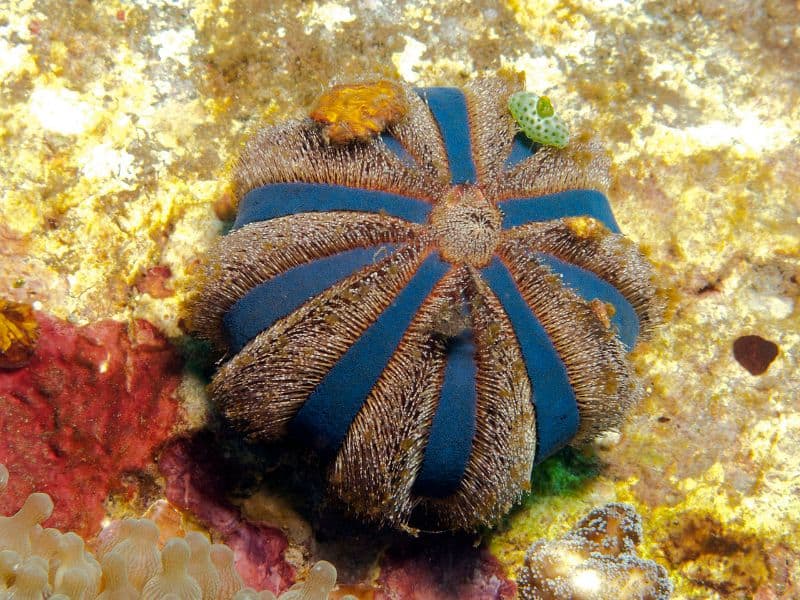
The Royal Urchin (Buy Online) is a beautiful addition to any reef tank that will not only feed off of algae in your system but also provide you with a stunning display as well. It has brilliant bands stemming from its center across a dark blue background giving it a look as though it is dressed in a tuxedo, hence some of the common names.
This collection of patterns and colors makes the Royal Urchin a fantastic addition to most reef tanks. It is nocturnal and will hide among rocks or substrate during the day and come out at night to feed on algae. Plus, they are able to be kept in pairs as well as alone so you can have multiple individuals if desired.
The Blue Tuxedo Pincushion Urchin is a peaceful species that won’t harm your coral or fish. It’s easy to care for, too. You only need to feed it once every week or two, depending on how much algae you have in your tank (algae will be its primary food source).
They’re also very affordable and you can buy them online at Petco.com and Saltwaterfish.com
Pincushion Urchin (Lytechinus variegatus) – Medium
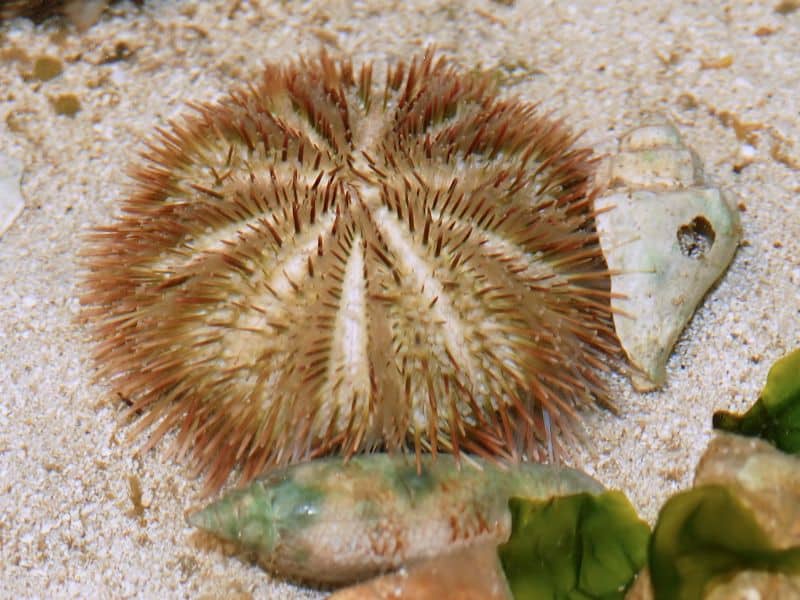
The Pincushion Urchin (Buy Online) is one of the most popular and readily available urchins on the market today. They come in a range of colors from beige to green/purple and they have short spines that won’t hurt anything else in your tank. These little guys are also great at keeping algae levels down while adding a nice bit of diversity to any aquarium.
Overall, if you’re looking for a way to add an urchin to your saltwater tank without causing any damage, then these little guys will make a perfect addition to any reef tank.
What Urchin is Reef Safe
There are a few types of urchins that are considered reef safe. The long spine urchin, the pencil urchins, the tuxedo urchin, the short spine urchin, and the pincushion urchin are some of the best urchins for a reef tank.
Will Sea Urchins Eat Coral
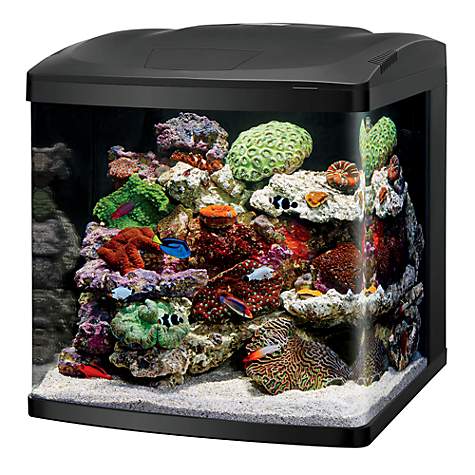
Sea Urchins might nibble on coral when they feed on algae, but this behavior is rare. Coral is fairly tough and unpalatable so it’s not really an issue if you are keeping a reef safe urchin in your tank.
However, some sea urchins have been observed eating coral during periods of starvation though this is still fairly uncommon.
Will Sea Urchins Eat Hair Algae
Sea urchins will eat hair algae along with a wide range of other algae species, but their preference for certain types may vary. For example, some sea urchin species don’t seem to find hair algae unpleasant. Other types of sea urchins will feed on all green-colored algae, while another sea urchin might prefer brown algae.
Moreover, individual urchins can also have preferences in food type due to differences in environmental conditions — so even if they consume a certain type of algae at first, they might not do so later on due to changes in their environment.
Will Sea Urchin Eat Chaeto
Sea urchins may eat Chaeto. To protect it, you should place Chaeto in a protected refugium to discourage urchins from consuming the macroalgae in your tank.
Will Fish Eat Sea Urchin
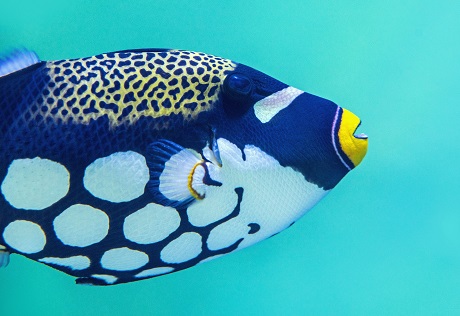
Most reef safe fish won’t eat sea urchins, but Triggerfish, Parrot Fish, and Wolf eels will eat urchins. These three species will consume a wide variety of invertebrates which also include eggs and even sea urchin juveniles.
Will Starfish Eat Sea Urchin
Starfish can and will eat sea urchins. Starfish are carnivores, and their diet includes a wide range of sea life such as crustaceans, mollusks, starfish, worms, and sponges.
Can You Touch a Sea Urchin
Yes, you can touch a sea urchin but it’s not wise to do so. Their spines are mildly poisonous and they can cause skin irritation and stinging sensations if touched.
That’s why it is best to leave urchins alone for the most part, and you should try to avoid brushing up against them during tank maintenance.

